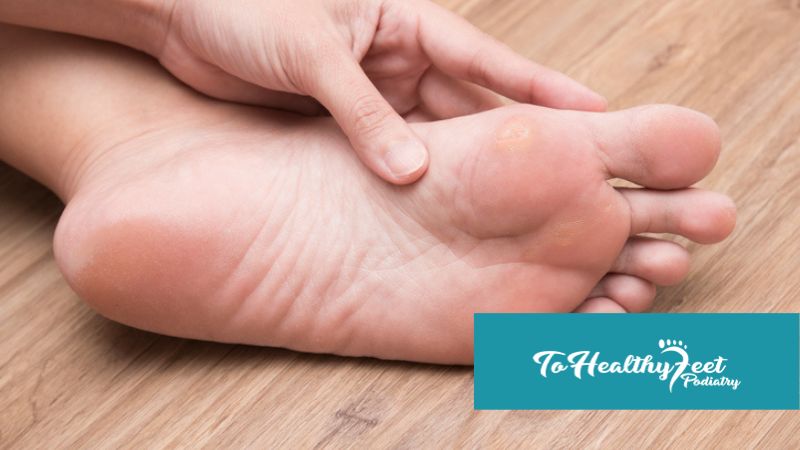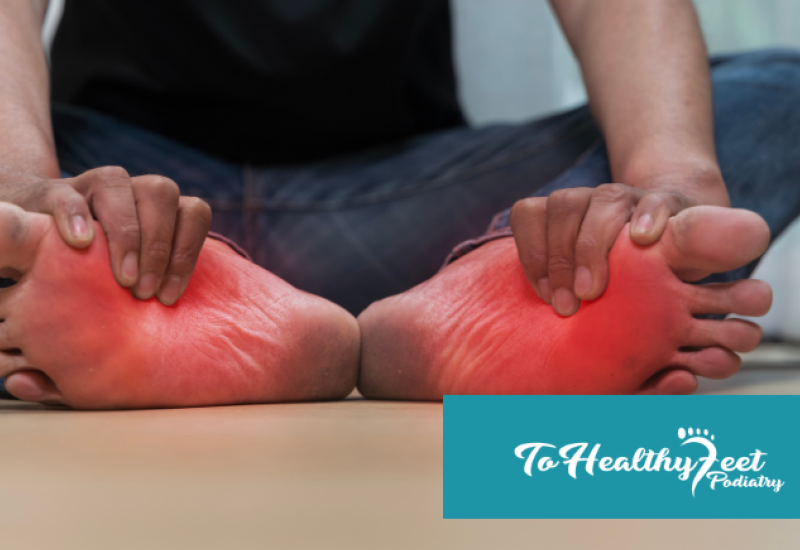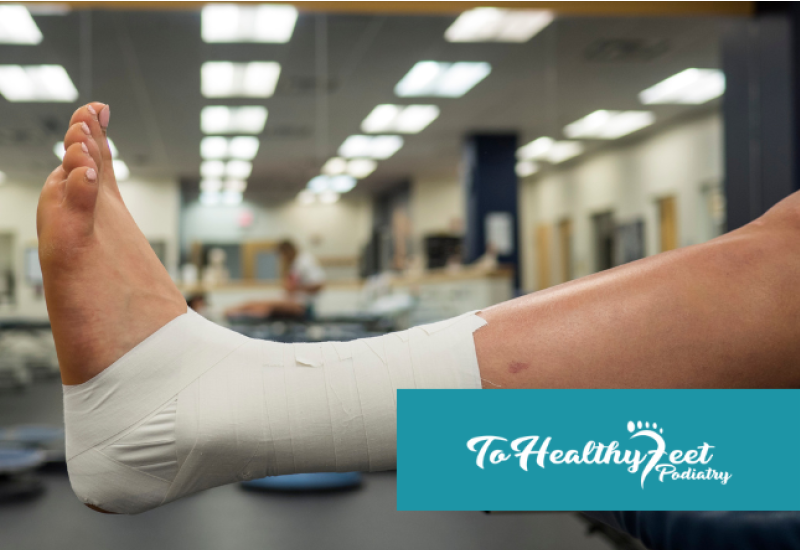Ganglion Cysts 101
Symptoms Of A Ganglion Cyst
Symptoms may vary depending on the size and location of the ganglion cyst, but common indications are:
- A visible lump of any size on the top or bottom of your foot
- A numb, tingling, or burning sensation that could be the result of the cyst putting pressure on a nerve
- Dull or throbbing pain or tenderness near the cyst as it pushes on nearby tendons or ligaments
- Muscle weakness
- Sensitivity around the lump
- Difficulty walking or wearing shoes
The symptoms associated with a ganglion cyst are similar to the symptoms associated with many other soft-tissue masses that could form on your ankle or foot. For this reason, it is important to always seek diagnosis when you discover a lump.
What Causes Ganglion Cysts?
It is not completely understood what causes ganglion cysts to form, but some of the reasons people seem to get ganglion cysts on their foot or ankle are:
- Repetitive stress injuries
- Acute injury or trauma to the foot or ankle
- Irritation to nearby tendons and ligaments
And common risk factors are:
- Age and gender- ganglion cysts occur most commonly in women between the ages of 20-40
- Past injury- a past joint or tendon injury in your foot or ankle puts you at a greater risk to develop a ganglion cyst
- Osteoarthritis- arthritis in the joints of your feet can increase your risk of developing ganglion cysts
- Previous ganglion cysts- if you have had a ganglion cyst in the past, you are at a higher risk to experience them again
How Are Ganglion Cysts Treated?
Sometimes ganglion cysts will go away on their own, but if your cyst is particularly large, causing you pain or discomfort, or impairing your ability to wear shoes or walk comfortably, your podiatrist will recommend treatment. Treatment of a ganglion cyst is pretty simple and straightforward. Here are your treatment options:
Immobilization: Movement can cause the ganglion cyst to increase in size. By immobilizing the area with a brace or splint, the ganglion cyst may shrink and relieve pressure on the nerves, tendons, or ligament and decrease pain and discomfort. Sometimes ganglion cysts will go away on their own.
Aspiration: Aspiration is the draining of the fluid from the cyst, typically using a needle. This procedure can be performed in-office, and often provides immediate relief. Your podiatrist will first apply a local numbing agent to minimize discomfort. With this treatment strategy, there is a chance that the cyst will re-form or fill with fluid again.
Surgery: If a ganglion cyst does not respond to other treatment strategies or if the cyst continues to re-fill with fluid after aspiration, your podiatrist may recommend ganglion cyst surgery. This is a more comprehensive approach and involves the removal of the cyst capsule and the stalk that attaches to the tendon or joint. This surgery is performed as an outpatient procedure and does require some recovery time (dependent on the size and the location of the cyst), but you will likely be able to resume your everyday activities after 2-4 weeks.
Ganglion Cyst Treatment In NYC
If you notice a lump on your ankle or foot, it is important to see a podiatrist for a comprehensive assessment and diagnosis. Ganglion cysts are the most common soft tissue mass and are easily treated by your podiatrist. Once an accurate diagnosis of a ganglion cyst is reached, your podiatrist can tailor a treatment plan to address your symptoms and facilitate a return to full function and mobility.
The team of foot doctors at To Healthy Feet in Manhattan can expertly assess a suspicious lump or mass on your foot or ankle to determine if it is a ganglion cyst and develop a personalized treatment strategy based on the severity of your symptoms, your lifestyle, and your goals for treatment. We provide accurate diagnosis and comprehensive foot and ankle care and have the tools and technologies necessary to provide a variety of tailored treatment approaches including regenerative medicine, prescription medications, and even minimally invasive surgery (when needed) at each of our Manhattan Podiatry Clinics. If you are experiencing pain or discomfort due to a lump on your foot or ankle, call To Healthy Feet Podiatry at 1-917-398-3668 or fill out the contact form to book your appointment at our Upper East Side, Times Square, Midtown Grand Central, or Downtown Wall Street locations today.
FAQ
Q: How does a podiatrist diagnose a ganglion cyst?
A: During your exam, your podiatrist will apply pressure to the mass to assess for pain and tenderness. They will shine a light through the lump to determine if it is solid or filled with fluid. Your podiatrist may recommend additional imaging tests to rule out other conditions.
Q: Can I get rid of my ganglion cyst at home?
A: If you Google ganglion cyst treatment you will see many recommendations to thump or slam a ganglion cyst with a heavy object like a book. This is a very dangerous recommendation that could lead to damage to the surrounding structure of your foot or ankle. Popping the cyst yourself is also dangerous and could lead to infection. It is best to see your podiatrist for treatment.
Q: Do I need to seek treatment if my ganglion cyst is not causing me any pain?
A: If a lump or your foot or ankle is confirmed to be a ganglion cyst, but it is not causing pain or impacting movement or mobility, your podiatrist may approve a wait-and-see approach. But if your ganglion cyst has not resolved in 6 months, continues to increase in size, or begins to cause pain or impair your mobility, your podiatrist will recommend treatment.




